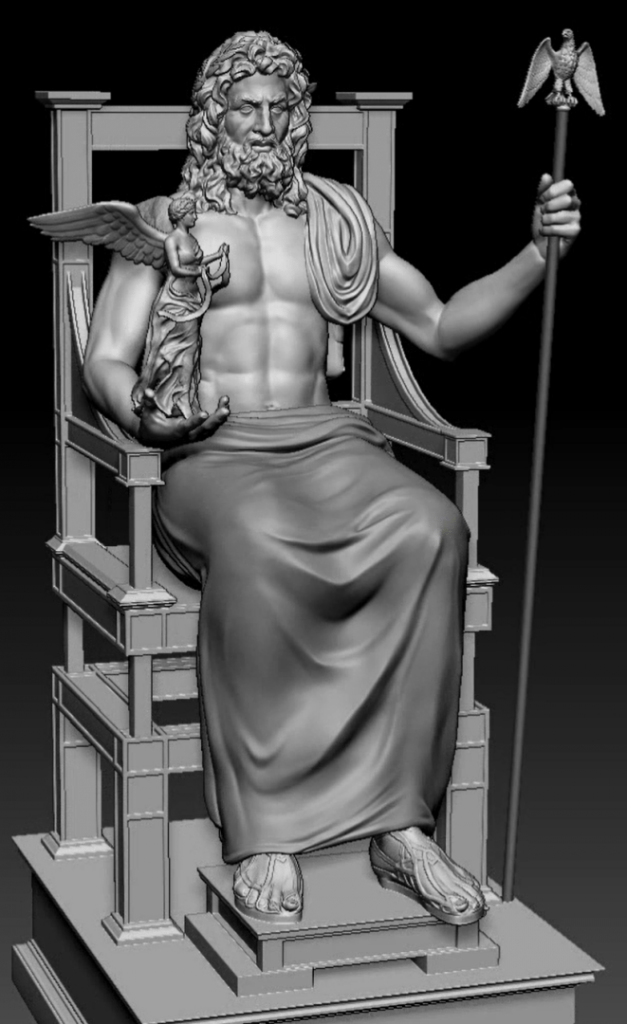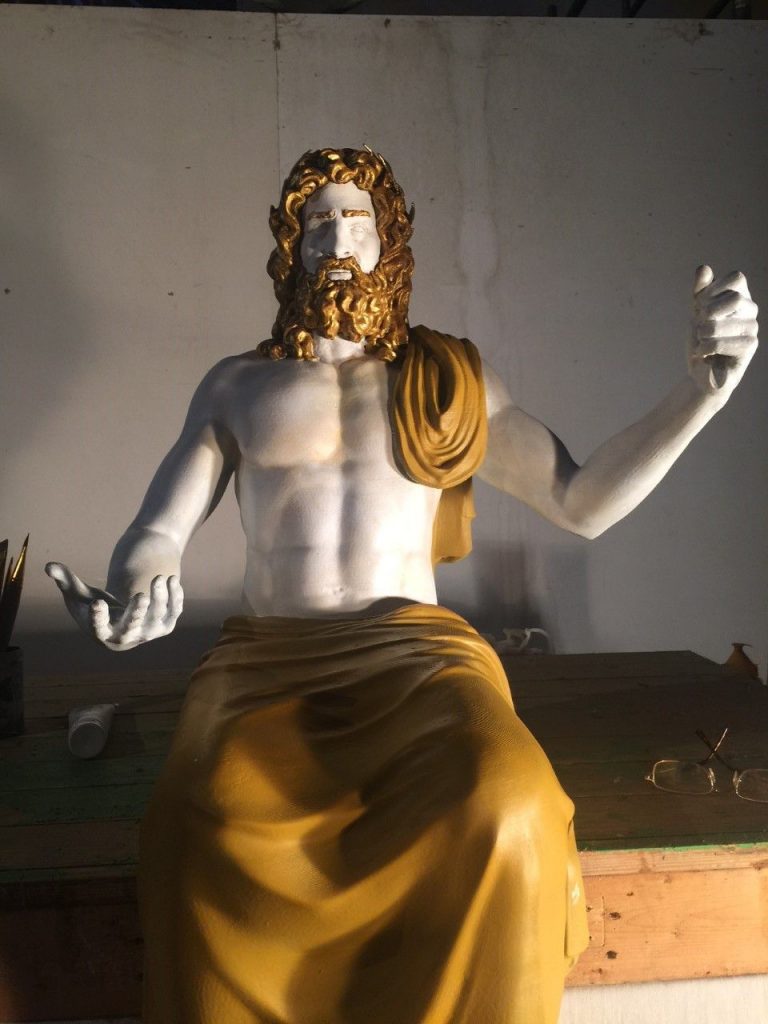This year’s summer Olympic Games are taking serious advantage of 3D printing technology. France’s cycling team will be utilizing 3D printed handlebars during competition. Jamaican sprinter Shelly-Ann Fraser-Pryce will be sporting Nike’s custom Zoom Superfly Elite trainers – designed with the help of 3D printed technology – during her 100m dash. And finally, BMW unveiled some awesome 3D printed wheelchairs for the US Paralympic Track and Field team. All the amazing advancements afforded to olympic athletes and teams by this technology is concrete proof of the wide-ranging applications to which 3D printing is suited.
The Games through the years
Tapping into the history of the Olympic Games, Atlanta’s Millennium Gate Museum will be home to “The Games: Ancient Olympia to Atlanta to Rio,” an exhibition celebrating the 20th Anniversary of the Atlanta Centennial Olympic Games. From August 20, 2016 to January 2, 2017, visitors will have the chance to see “Ancient Greek artifacts, many of which exceed 2,500 years of age, which tell the history of the Olympic Games and Ancient Olympia, athletic competition, and Greek mythology and politics.”
Creating something from nothing
Among these artifacts, is one of the Seven Wonders of the Ancient World. Once standing at 43-feet-tall, the original Statue of Zeus at Olympia was truly a representation fit for a god. Constructed out of wood and featuring gold and ivory panels, the statue took 12 years to build and was completed in 432 B.C. Unfortunately, the formidable sculpture depicting the king of the Greek gods was destroyed in a fire around 5th Century A.D. Since its destruction, artists and historians have tried in vain to recreate the statue from coin depictions and secondhand descriptions. It was only until now, with the endless capabilities provided by 3D technologies, that we have been able to create a successful replication.
Jeremy Kobus, Director of The Gate Museum, commented on the historic project saying:
“Throughout history, there are always instances where the most precious works of art get destroyed or broken. In the past, this disappearance meant items were lost forever. That’s why we’re so heavily invested in the artistic value of 3D printing. Committed to working at the intersection of technology and art, we see the tremendous potential of 3D printing for educational applications. Teaming with Stratasys and KSU’s 3DCenter, our hope is to deliver creations far too few have even tried to attempt.”

Finding lost history
The Gate Museum partnered with Stratasys and Kennesaw State University to develop the replication. The new statue measures to about 6-feet-tall and was printed in sections on the Stratasys Fortus 900mc printer. The replica is made out of thermoplastics instead as opposed to the original wood and gold.
In the same vein as printed sculptures featured in MyMiniFactory’s Scan the World project, the new statue is not meant to replace its monumental predecessor, but stands to represent a larger historic concept that was once lost throughout years of human conflict. Sig Behrens, General Manager of Global Education at Stratasys explained the growing importance of 3D technologies in history, saying:
“Artists around the world are being liberated by the full-fledged realism made possible by Stratasys 3D printing technology. Having the capacity to design and 3D print using highly durable materials with complex geometries and the highest levels of accuracy, museums can re-introduce some of history’s most treasured works. Teaming with Stratasys, institutions are completely transforming education and learning – as students and museum visitors are now able to grasp the power of forgotten classic art. 3D printing is the very impetus sparking a highly realistic learning experience – ensuring these essential pieces of history are never again forgotten.”
Take a look at the nearly completed sculpture below and if you can, be sure to visit the exciting Gates Museum exhibit later this month!




